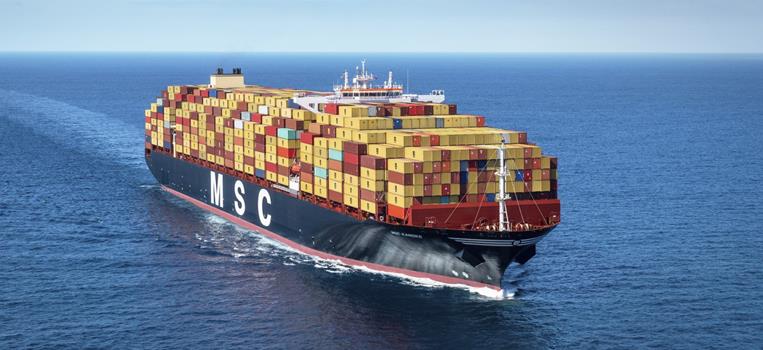Capsized cattle ship renews live animal export concerns
A cargo ship with 43 crew and 5,800 cattle on board that overturned during stormy weather in the East China Sea has renewed concern about animal welfare issues in the live export trade in Australia and New Zealand.
The Japan coast guard continued rescue efforts with three patrol vessels and three aircraft late Friday, in a bid to find at least 40 crew members who are still missing. One seafarer from the Philippines was found alive on a life raft and rescued at 4:07 p.m. local time, according to the agency. Another person, who was pulled from the water earlier Friday, was pronounced dead.

The Gulf Livestock 1 capsized after engine trouble and as a powerful storm swept through the region, according to seafarer Sareno Edvardo, who was rescued Wednesday. The vessel was transporting cattle from New Zealand to China when it entered the path of Typhoon Maysak.
New Zealand on Thursday suspended all live exports in the wake of the incident, local media reported. The government was already reviewing the industry and considering several options for new regulations including a potential total ban on specific types of exports. Any shipments of animals for slaughter already require the approval of the Director-General of the Ministry for Primary Industries.
New Zealand-based animal rights group SAFE called for a total ban on live exports. “This is a high-risk trade that puts the lives of animals at risk,” campaigns manager Marianne Macdonald said in a statement.
“Our thoughts are with the families who are missing their loved ones, but we have to recognise the risk to animals that the live export trade brings,” she added in a separate statement.
Australasian Global Exports, the Melbourne-based trading company that chartered the Panamanian ship, said in a statement its primary concern was for the safety and wellbeing of the ship’s crew. It declined to comment further.
Rigorous approvals processes are in place for all live exports, from both an animal welfare and maritime perspective, Australian Live Exporters’ Council Chief Executive Officer Mark Harvey-Sutton said by phone on Friday.
However, “now is not the time” for a debate on animal welfare in the sector. “The families are our priority at the moment,” he added.
The animals on the Gulf Livestock were being shipped for use in China’s dairy industry, Harvey-Sutton said.
New Zealand’s livestock exports, including cattle, deer, goats and sheep, were worth about NZ$54 million ($36 million) in the year to June 2019, according to a government report. It exported about 23,500 cattle during the year, the bulk of which were shipped to China.
Australia’s live export sector is far bigger and is worth about A$800 million ($580 million) a year, according to the government. It shipped and air freighted almost 2.3 million live animals in the 2018-19 financial year, including about 1 million sheep and 960,000 cattle, to destinations throughout Asia and the Middle East.
“The incident underscores the risks that are sometimes involved in conducting our agricultural trade both domestically and internationally,” Australia’s Minister for Agriculture, David Littleproud, said in an emailed statement. “These risks extend far beyond the farmgate.”
Similar Stories

November 2024 Freight Transportation Services Index
View ArticleViet Nam hosts 16th United Nations Conference on Trade and Development In October 2025
UN Trade and Development (UNCTAD) Secretary-General Rebeca Grynspan announced today that the sixteenth session of the United Nations Conference on Trade and Development (UNCTAD 16) will take place in Viet…
View ArticleWorld Shipping Council: Shipping carriers move to prevent deadly charcoal fires
The shipping industry is taking proactive steps to implement improved safety measures for transporting charcoal, ahead of mandatory IMO regulations in 2026.
View Article
Alleima relaunches high-strength and corrosion-resistant steel for sustainable energy sectors
View Article
MSC Announcement: GRI - General Rate Increase Feb 2025
View Article
Drewry’s World Container Index - 16 Jan
View ArticleGet the most up-to-date trending news!
SubscribeIndustry updates and weekly newsletter direct to your inbox!





